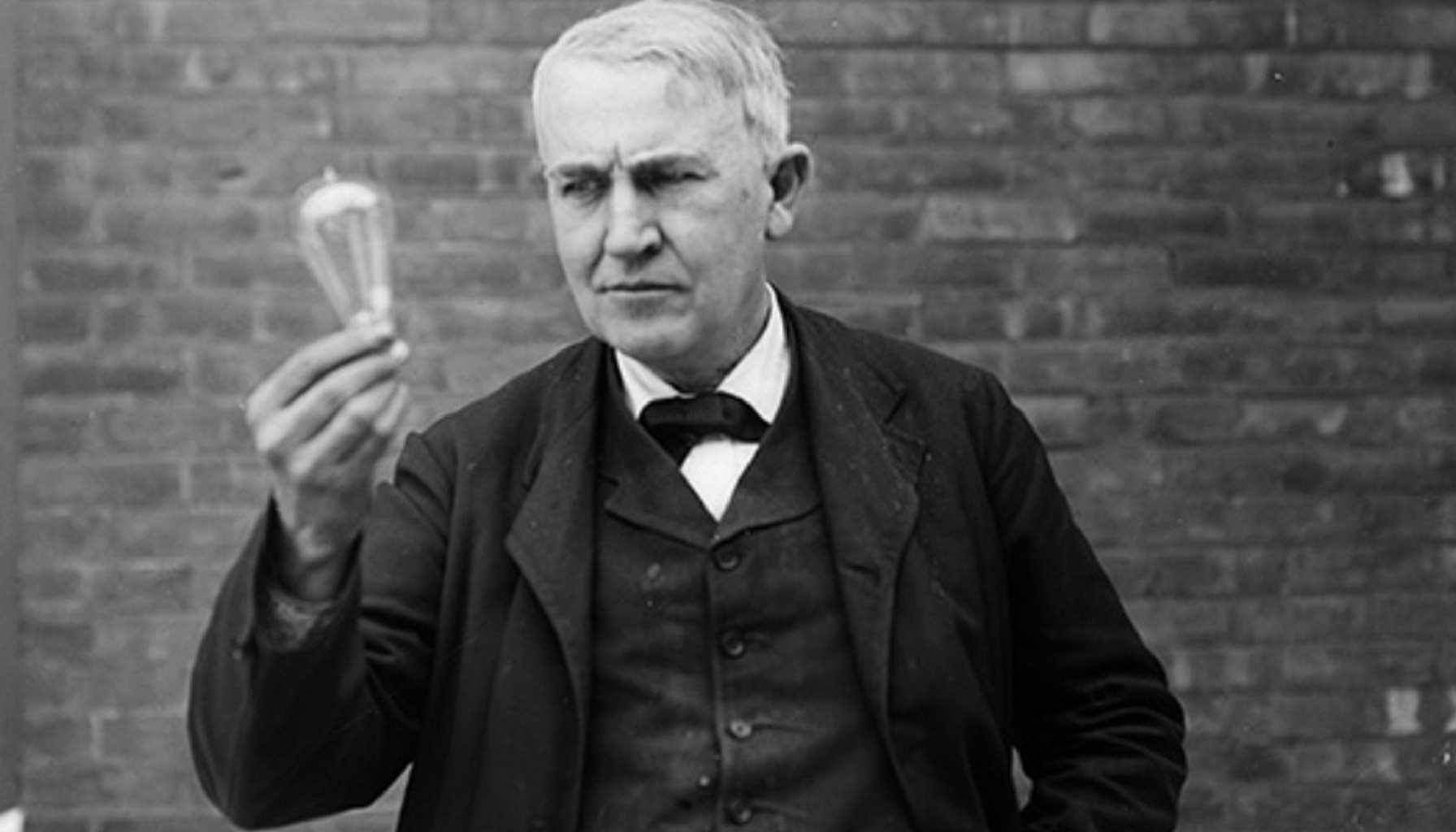Thomas Edison, the iconic inventor, left an indelible mark on the world not just through his inventions but through his innovation strategy. His method was straightforward yet revolutionary: understand customer needs first, then innovate. Let’s explore how Edison’s needs-first innovation strategy can inspire today’s innovators.
The Birth of a Needs-First Innovator
Edison’s transformation into a needs-first innovator began with a lesson in failure. His initial foray into inventions, the Electronic Vote Recorder, was a commercial flop not because the technology failed, but because it didn’t meet the actual needs of the legislators it was designed for. They had no need for speed in voting; their priorities lay elsewhere.
The Pivot to Practicality
This setback was a turning point for Edison. He began to reshape his innovation strategy with a new success criterion—utility. “Anything that won’t sell, I don’t want to invent. Its sale is proof of utility, and utility is success,” Edison famously said. This approach prioritized customer needs and practicality over mere novelty.
Edison’s Approach to Document Duplication
In 1873, Edison’s needs-first strategy led to a breakthrough in document duplication. He observed a burgeoning market—the insurance industry—where workers spent hours handwriting documents. Identifying the pain points, he focused on creating a product that would make the replication of documents quicker and more efficient.
Innovation Grounded in Observation
Edison’s innovation process began with keen observation. He didn’t start by asking what he could invent; instead, he examined the outcomes that insurance agents needed to improve. He observed their processes, noted the pain points, and then leveraged his inventive prowess to address those specific needs.
Mastering the Lightbulb
Edison’s most famous invention, the lightbulb, was also a product of his needs-first approach. Understanding that the existing lighting solutions were unsafe, Edison aimed to create a safer, more reliable light source. His focus on safety and practicality led to three critical improvements in the incandescent lamp that set it apart from previous attempts.
Addressing the Consumption Chain
Edison knew that an invention was only as good as its practical application. For the lightbulb, this meant not just creating a safer light source but also addressing how people would use it—installing it, powering it, and maintaining it. He and his team developed the entire system of electrical power distribution to ensure that the lightbulb was not just an invention but a complete solution.
Applying Edison’s Strategy Today
Edison’s needs-first approach is a timeless strategy that can guide modern innovation. By focusing on the jobs that customers need to get done and the outcomes they desire, innovators can create products that truly meet market demands.
Innovate with the Customer in Mind
Edison’s legacy teaches us to look beyond the allure of technology for its own sake and to focus on creating solutions that customers actually need and will use. By understanding and addressing the real-world challenges that customers face, innovators can achieve success that is both commercially viable and technologically advanced.
Conclusion: Lighting the Path to the Future
Thomas Edison’s needs-first approach remains a powerful beacon for anyone looking to innovate. By adopting a similar strategy, modern thinkers and creators can develop solutions that resonate with their intended users, ensuring their innovations are not just brilliant but also necessary and valued.
[For further insights on Edison’s approach to innovation, explore the detailed analysis in “Ideas-First or Needs-First: What Would Edison Say?” by Sarah Miller Caldicott.]



